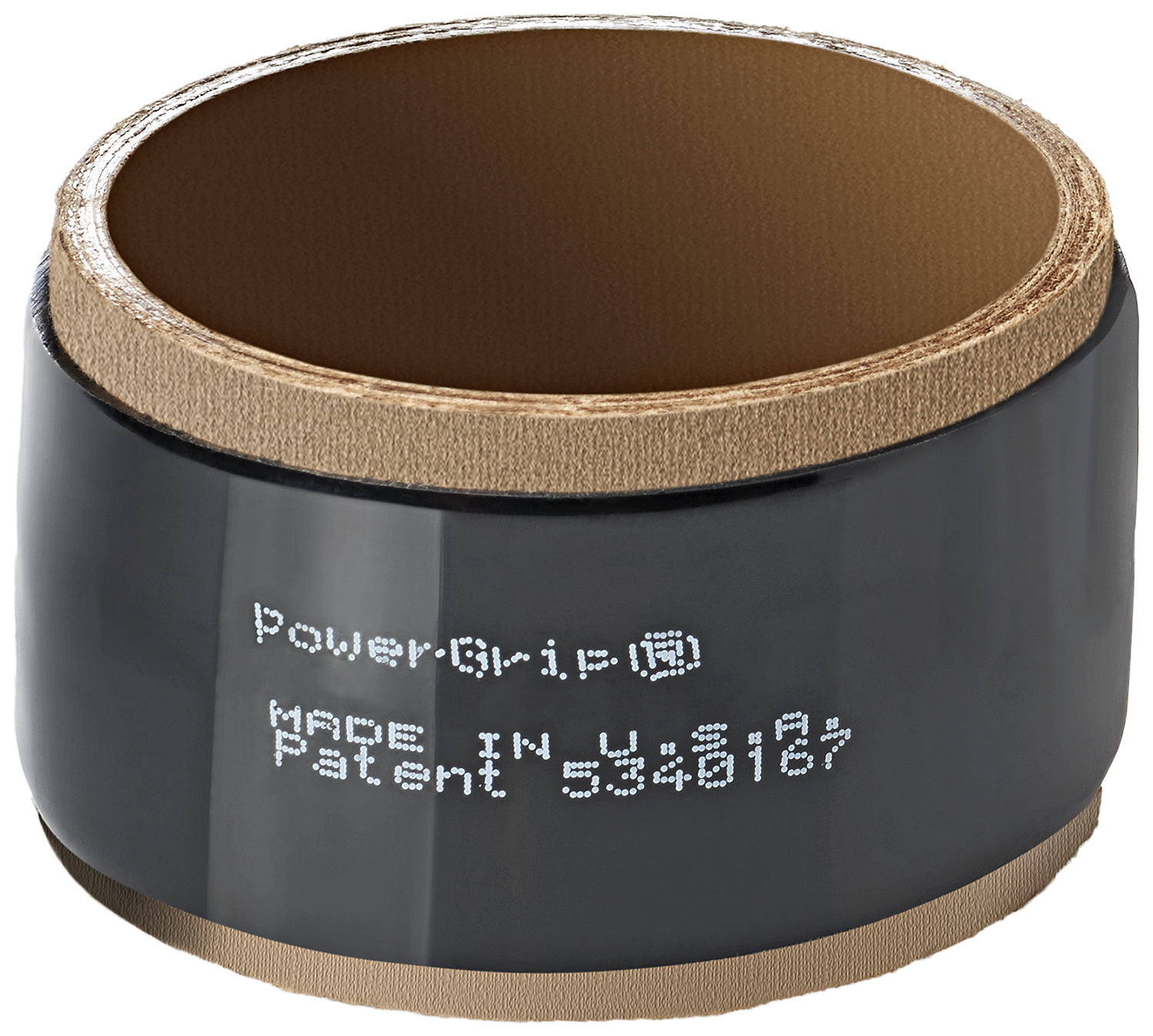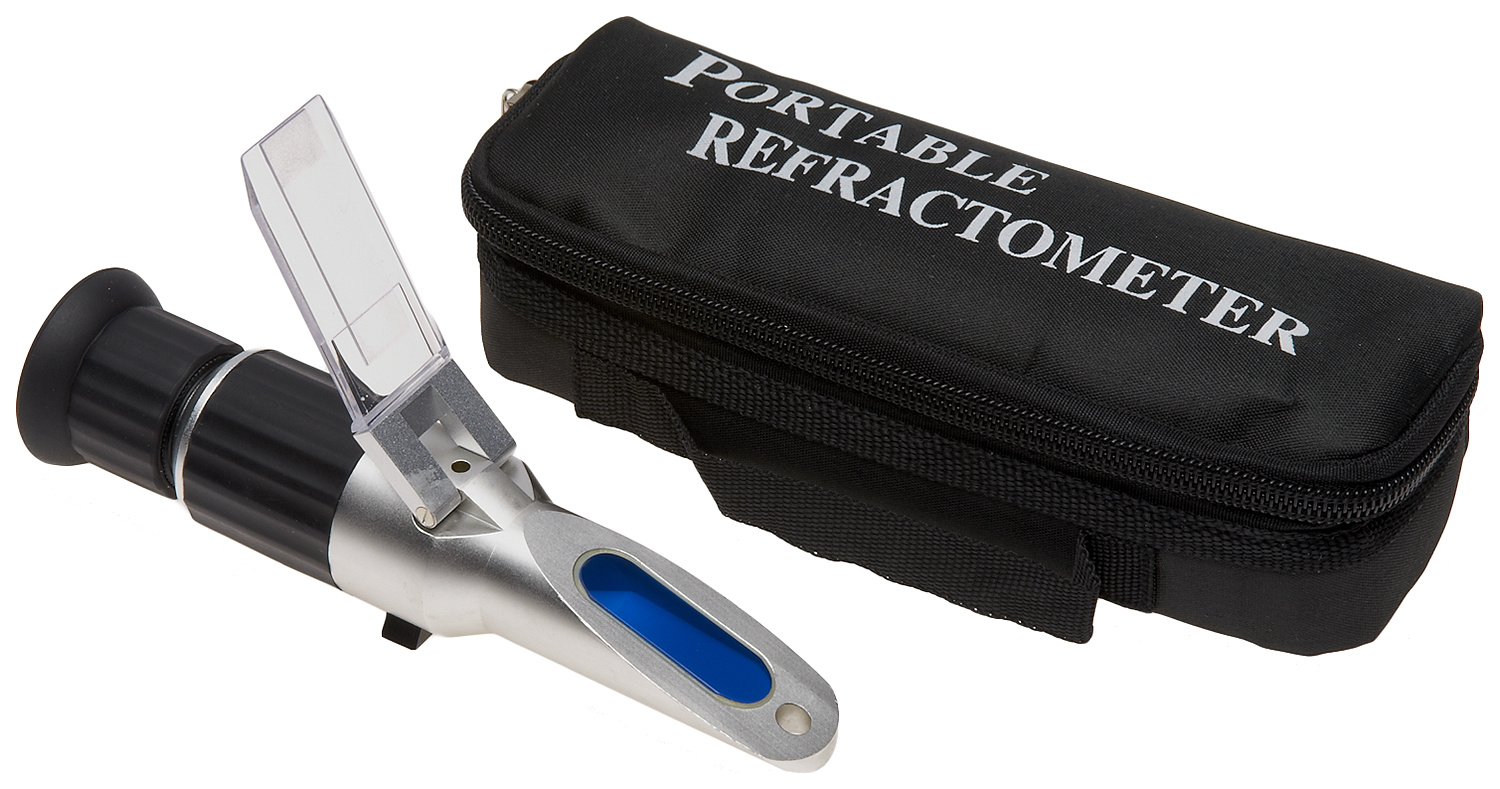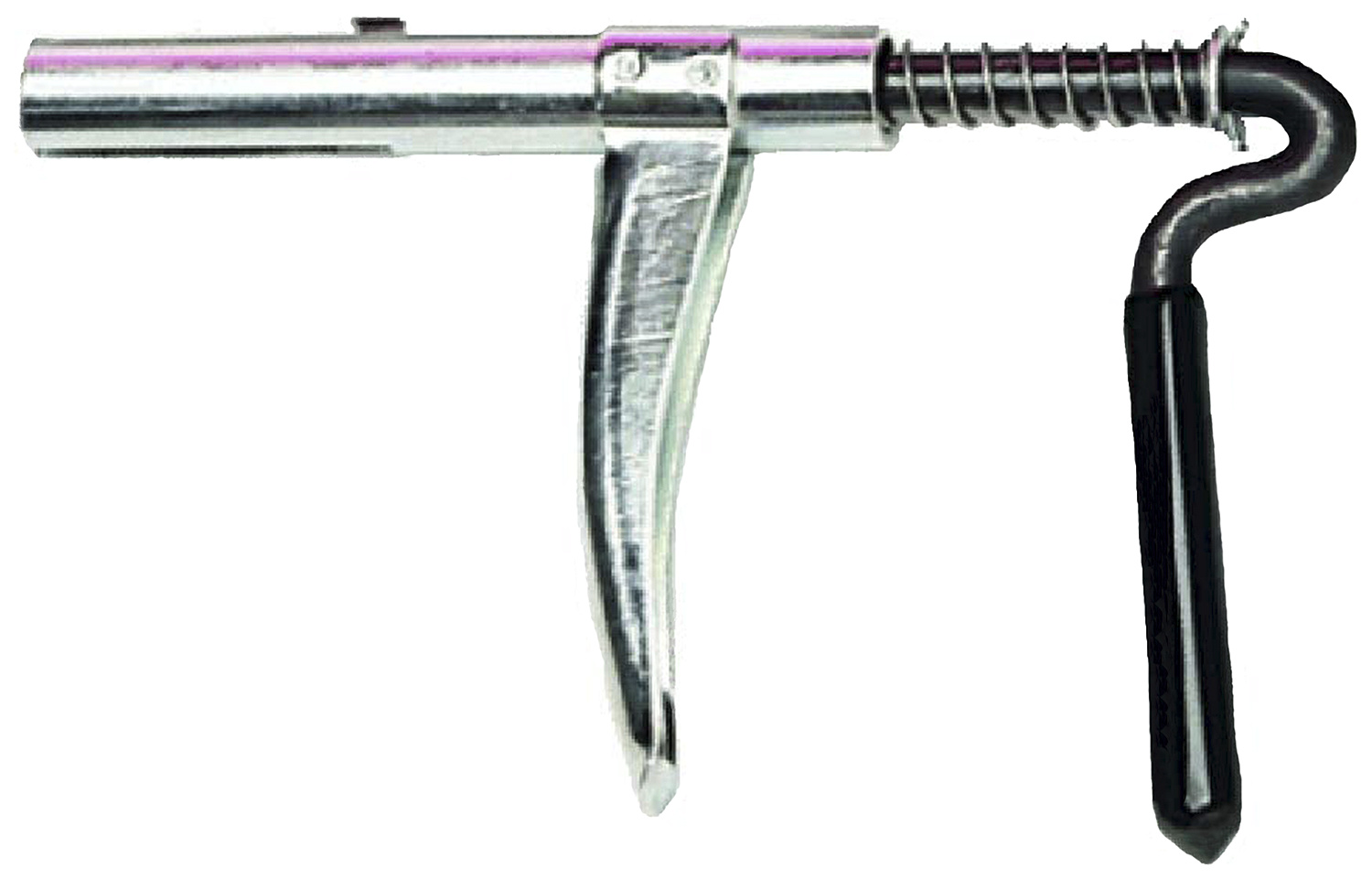Products By
-
Category
CategoryPower Transmission
- Micro-V Belts Micro-V Belts
- V-Belts V-Belts
- Special Belts Special Belts
- Synchronous Belts Synchronous Belts
- Automotive Timing Belts Automotive Timing Belts
- Gates TPU Polyurethane Belting Gates TPU Polyurethane Belting
- Power Transmission Components Power Transmission Components
- Water Pumps Water Pumps
- Power Transmission Kits Power Transmission Kits
- Power Transmission Tools and Merchandisers Power Transmission Tools and Merchandisers
Fluid Power- Data Center Cooling Solutions Data Center Cooling Solutions
- Hydraulic Hose and Couplings Hydraulic Hose and Couplings
-
Hydraulic Hose and Couplings
- Air Brake / Compressed Air
- Ball Valves
- Brass Adapters
- Hydraulic Accessories
- Hydraulic Adapters and Valves
- Hydraulic Equipment and Crimpers
- Hydraulic Hose Assemblies
- Live Swivels
- PTFE Hydraulic Hose and Couplings
- Quick Disconnect Couplers
- Spiral Wire Hose and Couplings
- Textile Braid Hose and Couplings
- Thermoplastic Hose and Couplings
- Wire Braid Hose and Couplings
- Hydraulic Tubing and Tube Fittings Hydraulic Tubing and Tube Fittings
- Industrial Hose Industrial Hose
- High Pressure Oilfield Hose High Pressure Oilfield Hose
- Fluid Power Tools and Merchandisers Fluid Power Tools and Merchandisers
- Engine Hose Engine Hose
-
Engine Hose
- Air Conditioning Hose and Couplings
- Coolant Hose
- Coolant Tanks
- Fuel Line Hose
- Heater Control Valves
- Heater Hose
- Power Steering
- Hose Clamps and Couplings
- Cooling Fan Modules
- Turbocharger Oil Line
- SCR
- Vacuum Tubing
- Transmission Oil Cooler Hose
- Air Brake / Compressed Air
- Other Engine Hose
- Air Intake and Defroster Hose
- Air Vent Hose
- Emission Control Hose
- Fuel Fill Hose
- Turbocharger Hose
Urban Mobility & PowersportsOther Products- Automotive Accessories Automotive Accessories
- Caps and Thermostats Caps and Thermostats
- Engine Hose (Air Intake/Emissions) Engine Hose (Air Intake/Emissions)
- Service Station and Shop Support Hose Service Station and Shop Support Hose
- Windshield Washer, Wiper and Vacuum Components Windshield Washer, Wiper and Vacuum Components
- Markets
- Innovations & Solutions
BackInnovations & Solutions
- Innovations
- Data Master™ Data Center Cooling Hose Family
- eCrimp™ Hydraulic Crimp Database
- GC20™ IoT Hydraulic Hose Crimper
- MegaSys™ MXG™ Premium Hydraulic Hoses
- MegaSys™ MXT™ Premium Hydraulic Hoses
- PowerGrip™ GT™ 4 Synchronous Belts
- ProFlex™ Hydraulic Hose
- Quad-Power™ 4 Bandless V-belts
- ThermalPro™ Electric Water Pumps
- Xtreme V-Force™ Mega Banded V-Belt
- Industrial & Off-Highway Solutions
- Chain to Belt
- Data Center Cooling Systems
- Design Power™
- Industrial Bandless V-Belts
- Industrial Cleaning Solutions
- Industrial Hose Range
- Industrial Synchronous Belts
- MegaCrimp™ & GlobalSpiral™ Couplings
- MegaSys™ Premium Hydraulic Hoses
- Self-Assembly Hydraulic Crimping Machines
- Thermoplastic Polyurethane Belts
- Automotive & On-Highway Solutions
- Urban Mobility & Powersports Solutions
- Innovations
- Knowledge Center
- About Us


